‘A more thrilling, uplifting, glorious way of living has yet to be invented,’ the jockey John Francome said of National Hunt racing. Watching last weekend’s action from Cheltenham racecourse, it was easy to see what he meant.
Now is when the National Hunt — or jump — season really gets under way. The summer months are about flat racing, although these days flat racing goes on through the winter, too. There are now six all-weather racetracks in the UK; the latest, Newcastle, opened earlier this year. Of course, it’s not quite the same (floodlights are no replacement for long summer evenings), but it does enable flat horses, trainers and jockeys to stay in business all year round.
For most racing aficionados, winter is about the jumps. While summer racing brings to mind ginormous hats, picnics and Pimm’s, the National Hunt season tends to be far more relaxed. You’ll see plenty of tweed and probably some fur — although hats (of a more sensible type) are a common sight too. Essentially, it’s about keeping warm.
You can’t really write about the jump season without mentioning the most famous steeplechase of them all: the Grand National. Both famous — for the sheer thrill of the Aintree course’s enormous fences — and infamous for the sad fact that horse deaths have historically been higher there than average, it still attracts crowds of over 73,000, and up to 10 million television viewers.
The other major event is the Cheltenham Festival in March — a four-day spectacular which climaxes with the Gold Cup on the Friday. The legendary ‘Cheltenham roar’ (the noise the crowds let out as the first race begins) has to be heard to be believed, and with St Patrick’s Day coinciding with the third day of racing it’s difficult to have a bad day out — even if the luck of the Irish doesn’t go your way.
There are other big races which will take place much sooner: on Boxing Day, Kempton Park racecourse plays host to a grade one race, the King George VI Chase. Surely that’s more fun than drowning in a post-Christmas hangover with a turkey sandwich?
It’s not all about the big race meetings, though. Many people’s first introduction to jump racing is at a point-to-point, which take place across the country from November until early summer. Originally designed as a race from one steeple to another (hence ‘steeplechase’), point-to-point racing involved crossing everything in your way — be that a ditch, a hedge or a wall.
These days, it’s more structured. The races — which are for amateur jockeys rather than professionals — are run over a set course of about three miles with a number of birch fences as obstacles, though the rules say that there must still be a couple of ditches in there too. They are far more relaxed affairs than the professional jump races; just turn up with your picnic and pay on the gate. (To find out where your nearest race is, consult www.point-to-point.co.uk.)
It’s here that you’ll find the real grass roots of jump racing. There’s no money in it (perhaps a couple of hundred pounds for a win), but that’s not the point. It’s the love of the sport that gets the entries rolling in — and the punters too.
The post National Hunt racing appeared first on The Spectator.
Got something to add? Join the discussion and comment below.
Get 10 issues for just $10
Subscribe to The Spectator Australia today for the next 10 magazine issues, plus full online access, for just $10.
You might disagree with half of it, but you’ll enjoy reading all of it. Try your first month for free, then just $2 a week for the remainder of your first year.

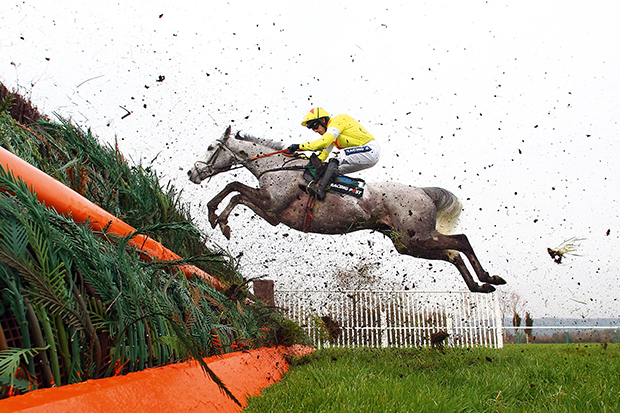
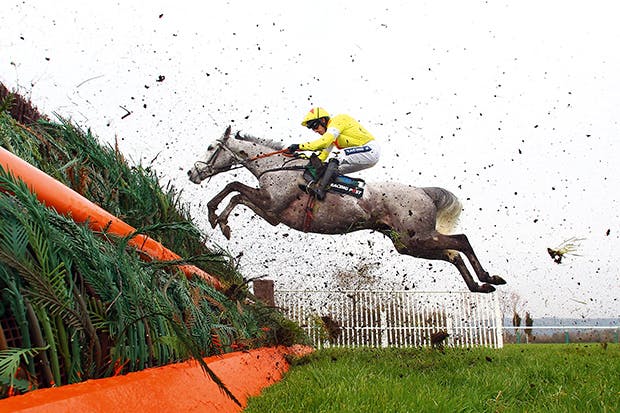
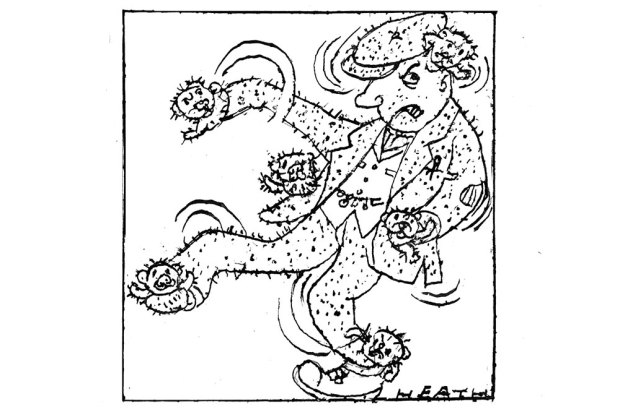
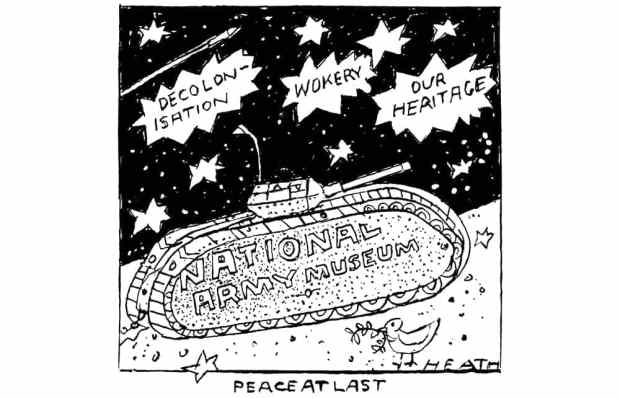


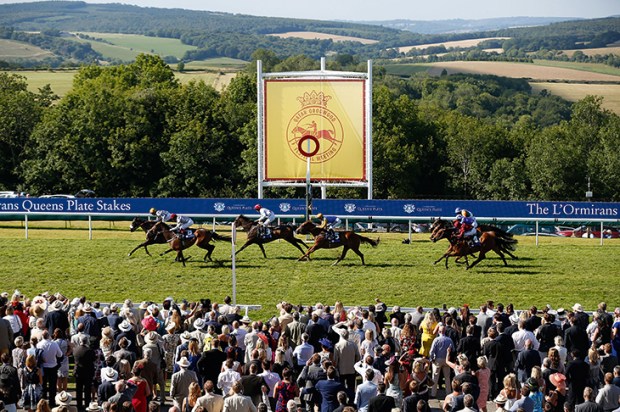






Comments
Don't miss out
Join the conversation with other Spectator Australia readers. Subscribe to leave a comment.
SUBSCRIBEAlready a subscriber? Log in